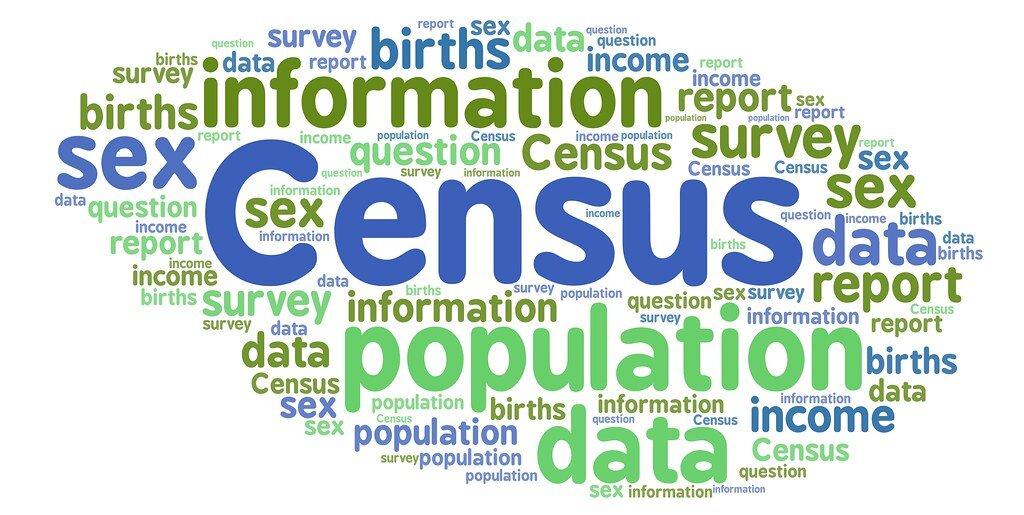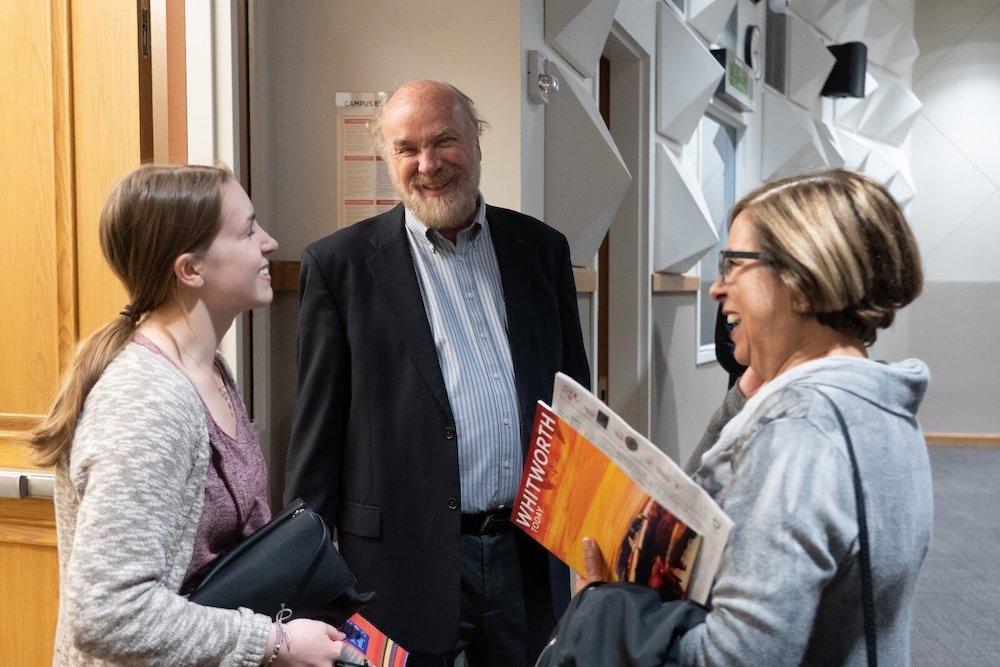For the first time in U.S. history, LGBTQ will be represented in the census– but only to an extent.
The 2020 census will include the option to declare same-sex relationships, but only if the couple is currently residing together. This change does not include a non-binary option. Rather, transgender and non-binary persons are still forced to select their biological sex. Feeling boxed into choosing a gender that does not fit their identity, individuals may choose to not complete the census at all. Since congressional representation is determined by census data, areas with a large number of abstaining persons would become underrepresented in congress.
But how can we ask individuals to forgo their current identity and check a box that misrepresents them?
For decades, advocacy groups have been pushing for the Census Bureau to include LGBTQ questions to no avail. According to the Chicago Tribune, groups like the National LGBTQ Task Force have led this charge with one major goal in mind: to lobby for more funding for LGBTQ-related issues. Funding for communities, roads, and construction of facilities like retirement homes and hospitals are determined by census data. Not only would adding LGBTQ options affect how states are represented in the future, it gives LGBTQ advocacy groups the ability to lobby more effectively by having more precise data about the number of LGBTQ Americans.
While, yes, this is a major feat in the fight to count queer persons, gender identity is again being pushed to the back. According to the New York Times, the number of transgender individuals (not including non-binary persons) has nearly doubled from 700,000 to 1.4 million over the past five years, and is expected to continue to increase. But this data is still incomplete. Gathered through a compilation of state and federal survey data, there is no way of knowing just how accurate these numbers really are. Rather than focus on biological gender, opening up the option to at least identify as non-binary could significantly help transgender and non-binary people hold more political clout in the years to come, as well as feel represented accurately in their census forms.
According to NPR, as early as 1990, census data analysts have been considering how many same-sex couples exist in the U.S. When the “unmarried partner” category was created in 1990, it was meant to determine the amount of unmarried opposite-sex couples lived together versus married couples. What resulted was both same-sex and opposite-sex relationships being declared on census forms. This newest option, will resolve this issue, but create a new one in terms of LGBT representation. It also leads experts to question how many transgender individuals identify as their chosen gender rather than their biological sex. This margin is nearly impossible to determine until the census opens up the option to declare one’s self as non-binary.
We must remember that there is more to LGBTQ than same-sex relationships. Even as the census continues to include gay and lesbian questions, there is a long way to go before every population is represented.
Yet, by creating the option to identify as a person in a same-sex relationship, the U.S. is taking a step towards normalizing LGBTQ relationships. Just as unmarried couples have been normalized in our society, LGBTQ is making strides in the same direction. Adding more options to the census questionnaire can only aid this. Over the next ten years, as more and more people self-identify as LGBTQ, the Census Bureau will have no choice but to update its questionnaire to better represent these individuals and encourage more people to participate in the census.
Without this data in 2020 we are missing a critical part of the picture of American life today. Families have already changed– especially since gay marriage was federally legalized in 2015. It is disappointing that given this recent leap in gay rights, our government is still lagging behind in terms of accurate representation. My hope is that in the next ten years, we will continue to progress and make sure that every person is not only counted, but counted accurately and according to how they self-identify.









